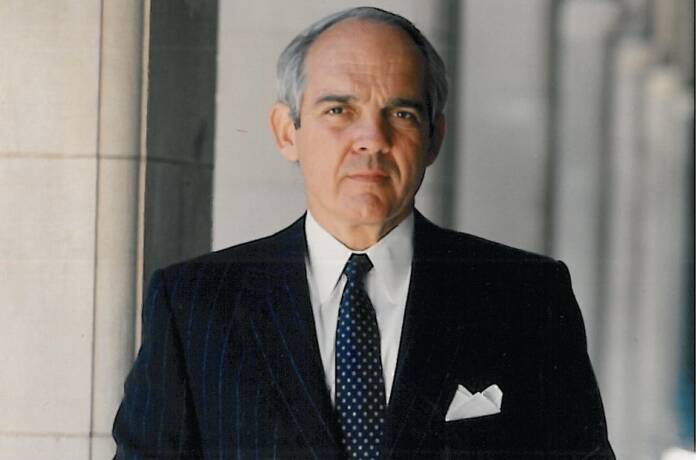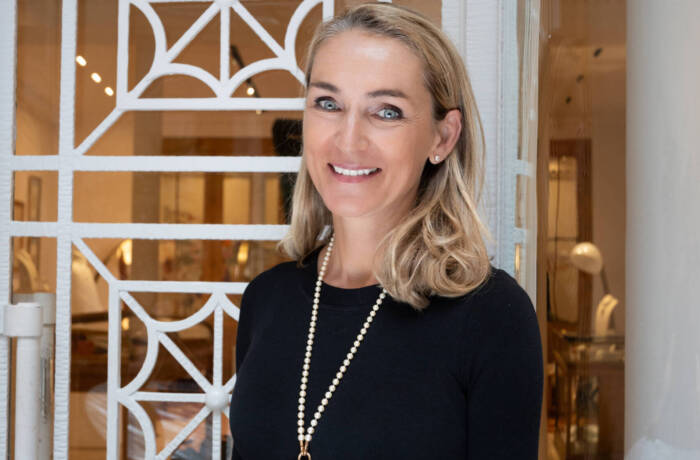By Darius Sanai
Editor in Chief
On business in Italy, my route takes me along the coast of the Maremma, the beautiful and curiously unspoiled Tuscan coastlands. Combine the words Tuscany and Mediterranean and images of overcrowded beaches and packed rows of villas interspersed with batallions of ice-cream wielding middle-class children come to mind. But in reality, the Maremma, which stretches down from Pisa towards Rome, is one of the least-populated and least-touristed parts of Italy. Partly, this is because it used to be dominated by marshlands (and was once a malarial zone) and has little of the community history of the rest of Tuscany. But that changed 100 years ago, and the lack of tourism now is a mystery: there are beaches, the pineta (the long stone pine forest that wraps along the entire Mediterranean coast, when it is allowed to), picturesque hills, and now, no malaria.
What the Maremma does have, famously, if you are a wine lover, is some of the most interesting wines in the world. A few decades ago, Mario Incisa della Rocchetta, a member of the Tuscan wine aristocracy, planted vines here and created a wine called Sassicaia, which shocked the then conservative and inward-gazing world of wine. This was a wine from nowhere, which was of the quality of the Bordeaux first growths (the likes of Lafite and Latour). Was it a freak?
Sassicaia came from a sloping benchland called Bolgheri, between the sea and the wonderfully-named Colline Metallifere, the Metallic Hills, that border the area. To prove it wasn’t a freak, Incisa della Rochetta’s cousin, Ludovico Antinori (from a branch of the famed wine family, but not the main branch) planted his own wines nearby and in the early 1980s created another Bordeaux-style wine called Ornellaia. While not quite as celebrated as Sassicaia, it also make its mark at the top (or rather bottom) of the world’s wine lists.
There was a patch of land just outside the original domain of Ornellaia that Antinori planted to Merlot, one of the grapes of Bordeaux, and the dominant grape of two of Bordeaux’s legends, Chateau Petrus and Le Pin. Like a great patch of land in Burgundy, it was planted on a slope, slightly concave, with different soils and bordered by wild forests at the top. Like the land of Chateau Petrus, the soil was mainly clay. One day, Ornellaia’s owners decided to make a separate wine just out of grapes from this new vineyard, which was called Masseto, just for fun. The wine was so good, they have told me, that they decided to continue making it formally, in 1986.
And a legend was born, because Masseto is now the single wine of Italy that can take its place in the world’s private jets with the luxury brands of Bordeaux (Lafite, Petrus, etc) and California (Screaming Eagle, Harlan Estate, etc). There may be other wines of Italy which the professional wine tasters find equally good in some years, but they are obscure. Step into a restaurant in Moscow, Dubai or London and order a Masseto, and your companions, whether or not they are wine buffs, will know the card you have played.
“That is the middle part of the vineyard”, Axel Heinz tells me, inching along a sloped dirt track in his Audi. Heinz, handsome, articulate in several languages, and from some theoretical geographical combination of Germany and Bordeaux, is the winemaker for Masseto and Ornellaia, and has been for the past 10 years. “It is the grand cru of Masseto.” He is pointing to a slight hollow in the gentle slope, where grapes of a deep red hang from rows of green leaves. It’s just a vineyard, but I feel the same frisson as when walking the soils of Chambertin or La Landonne in France. The Mediterranean glistens in the middle distance, at its edge the delightfully empty beach by Bolgheri. Brooding forests rise towards the deep blue sky behind.
![Vigna Masseto 1 (madia)[1]](https://luxmagkop.files.wordpress.com/2015/09/vigna-masseto-1-madia1.jpg) In the winery, a modernist building constructed in 1989 to blend into the earth, in a tasting room looking out over vines and hills and swathed in late summer sun, we taste some Massetos. The 2012, very young, remember, is deliciously, surprisingly open, broad, layered with bright fruit and cedar. It will be released to the world this autumn. The 2010 is older but tastes younger, more tannic, more closed, proud, just revealing hints of its couture gown from underneath a gabardine Burberry trenchcoat. I make a mental note not to drink the cases I have at home until 2020.
In the winery, a modernist building constructed in 1989 to blend into the earth, in a tasting room looking out over vines and hills and swathed in late summer sun, we taste some Massetos. The 2012, very young, remember, is deliciously, surprisingly open, broad, layered with bright fruit and cedar. It will be released to the world this autumn. The 2010 is older but tastes younger, more tannic, more closed, proud, just revealing hints of its couture gown from underneath a gabardine Burberry trenchcoat. I make a mental note not to drink the cases I have at home until 2020.
There are others, but the memorable wine, an astonishing wine, is the 2006. It has the breadth and openness of the 2012 but also a tunnel of depth, you can taste all kinds of bosky, subtle, sexy, bedroom-parlour touches and tones. These can only intensify over time. I make another mental note, to buy a case of the 2006 and drink a bottle a year over the next 12 years. Or to use it as perfume.
As I leave, I ask Heinz about the abandoned farm building next to the Masseto vineyard itself. It had been sealed off with fencing; a suggestion that there were plans afoot. “Yes, we are building Masseto’s own winery there,” he says. “Work starts this year and will be finished by the time we harvest the 2017 vintage”. So, Masseto is going it alone within the portfolio? “Yes,” he smiles. I see the flowering of a new, solo, luxury brand.
Darius Sanai

![Barricaia Masseto 1 (media)[1]](https://luxmagkop.files.wordpress.com/2015/09/barricaia-masseto-1-media1.jpg)







